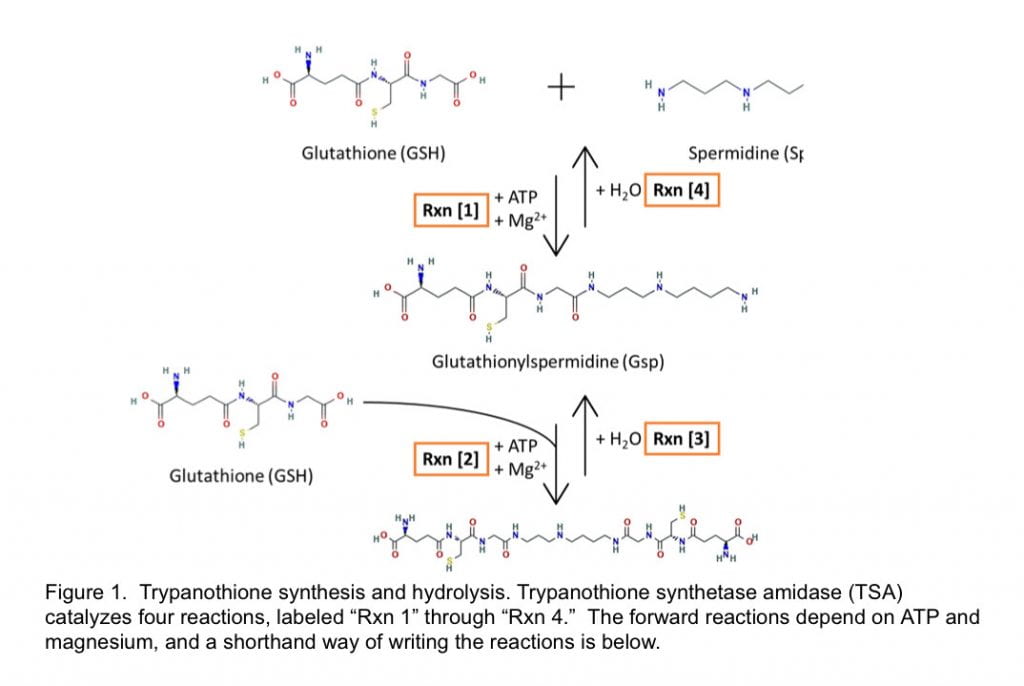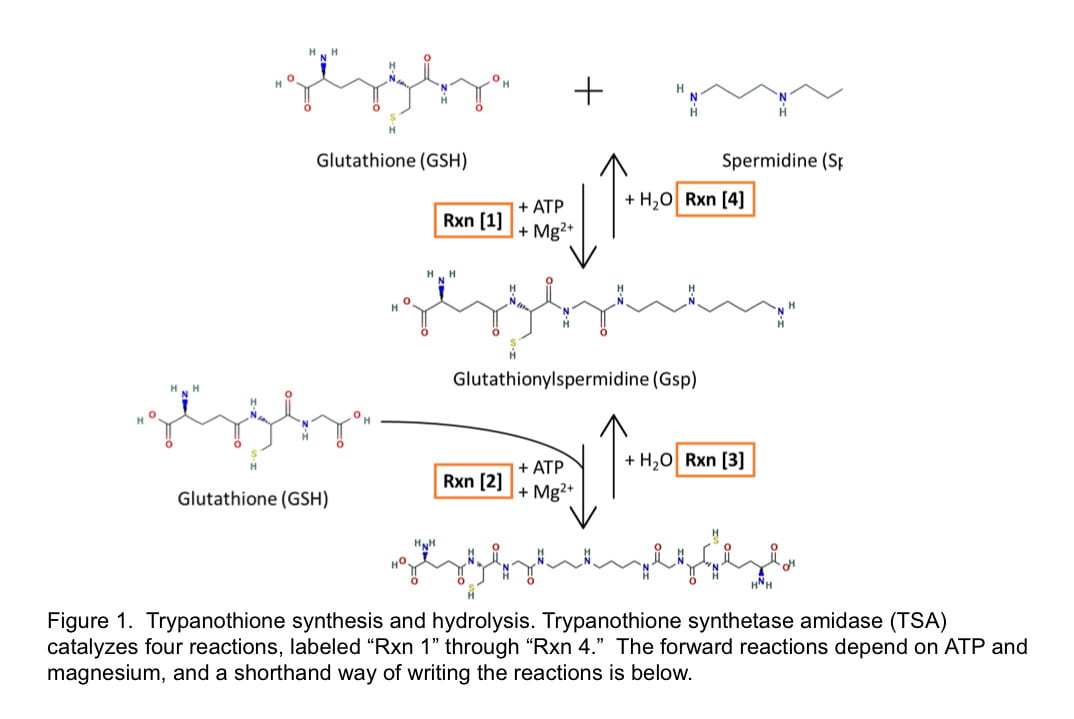Hello! My name is Javier Londono and I am from Garfield, NJ. I am a rising junior biology major. I am also working on the 5 college marine science certificate. On campus, I am a part of DQ, the oldest Acapella group on campus and I joined DASAC this past spring! I am participating in the Marine Biological Laboratories (MBL) National Science Foundation Research Experience for Undergrads(NSF REU) program this summer. Typically, each university takes about 10 students for the program in which they will do research for one of the labs and create a poster at the end of the summer.
I am working with Dr. David Mark Welch and studying Bdelloid Rotifers. Rotifers are a microscopic freshwater animal that are found in habitats all over the world. What distinguishes Bdelloid rotifers from other rotifers is their ability to survive dry environments and go through long periods of desiccation at any point in life. Essentially, if you were to take a rotifer out of water, it would dry up and be equivalent to a speck of dust. If you were to add water to it, it would be able to restore itself and continue it’s life as if nothing had happened to it. Some papers have suggested that rotifers that go through a dedication period tend to be healthier than those that do not. Just add water!

More specifically, I am working on the horizontally-acquired trypanothione synthetase amidase (TSA) in the Adineta vaga genome. TSA is an enzyme that catalyzes four reactions that can make or break trypanothione. We are interested in Trypanothione because it is an antioxidant that may potentially play a role in the resistance of desiccation that bdelloids have. Adineta vaga also has four different pairs of TSA and I am looking to determine the differences between them. Potentially, one copy might only participate in one of the four reactions or is expressed under certain pH levels or other conditions.

Antioxidants are also relevant in humans. One theory behind aging is that as we grow, our bodies become less efficient when repairing oxidative damage. The number of free radicals accumulate and the oxidative damage continues to pile up over time. Free radicals are very reactive and are able to steal electrons from and oxidize things in our bodies like DNA and proteins. Oxidative damage can potentially lead to harmful mutations in our DNA. When rotifers go through a desiccation period, they essentially cut up their DNA and are then able to repair themselves once placed in water. If we are able to better understand their methods of DNA repair and protection from oxidative damage and apply it to humans, we will hopefully be able to live longer and healthier lives!
Participating in SURF and doing research with Professor Jeong has definitely helped me realize that I enjoy working in a lab. While the work can seem intimidating and the literature can be confusing, I have loved being able to learn things more in depth compared to learning them in a classroom setting. I have also been enjoying living on the cape and being able to meet so many new people after being stuck on zoom for the past year! I am grateful for this opportunity and can’t wait to share it with you all! Feel free to reach out to me if you have any questions about anything.

You must be logged in to post a comment.